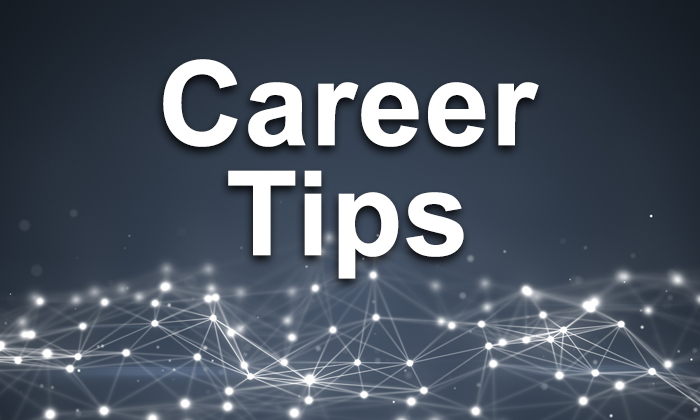Guest post by Jessamina E. Blum, Jennifer Knight, Michelle Smith, Rachelle Spell, and Erin Vinson.

Are you looking for ways to advance your career while sharing creative instructional materials? CourseSource can help! CourseSource is a peer-reviewed, open-access journal that publishes articles describing biology activities developed with evidence-based pedagogical techniques, such as active learning, that have been shown to be effective for student learning. Whether you are a graduate student, postdoc, or faculty member, CourseSource can help you share your activities with others.
Publishing activities in CourseSource provides recognition of the creativity, experience, and time needed to develop effective classroom materials, while also supporting the dissemination of teaching practices that have been shown to increase student learning and retention. CourseSource articles include background information, detailed step-by-step lesson plans, and supporting materials (e.g. slides, animations, worksheets) for activities that are aligned with learning goals developed by scientific professional societies, including the Genetics Society of America.
CourseSource represents a new genre of scientific communication, with different norms from those of science or biology education research papers. While journals such as Life Sciences Education (LSE) publish education research studies, CourseSource articles capture examples of effective activities focused on key concepts in undergraduate biology. With an emphasis on application, CourseSource articles are more similar to methods papers, which can serve as both significant scholarship and service to other educators.
Working on a CourseSource manuscript also offers graduate students, postdocs, and faculty a way to learn about pedagogical techniques while, at the same time, getting credit for those efforts on their CV. Authorship is evidence of your commitment to high-quality teaching and demonstrates your contribution toward the goals of Vision and Change (which describe the concepts and competencies undergraduate biology students should learn).
Publishing in CourseSource can also provide an opportunity to collaborate with colleagues. We regularly receive submissions with authors from the same or multiple institutions who identified a common conceptual difficulty shared among their students and worked together to develop an activity and assessment questions.
Lastly, the CourseSource review process provides a unique opportunity for authors to receive meaningful feedback on their instructional materials from peers. Reviewers often point out additional resources to include, ways in which language and figures can be improved, clarification of learning objectives, and alternate assessment strategies. Such feedback is rare and invaluable.
In addition to publishing your own work, you can also benefit from using CourseSource activities by other authors. For example, you can search the database for a topic such as “meiosis” to access tested activities that address the GSA-developed learning goal of “What are the mechanisms by which an organism’s genome is passed onto the next generation?” Other activities address learning goals for additional biology subdisciplines, science ethics, or process skills.
Quality control by the CourseSource editorial team means all articles meet a high standard and align with the needs of undergraduate biology instructors. Thus, CourseSource helps to overcome some of the major barriers to the spread of active learning: constraints on instructors’ time and concerns about effectiveness.
If you have developed an undergraduate biology activity that incorporates evidence-based teaching, we hope you will share it with CourseSource. The instructions to authors can be found here: https://www.coursesource.org/for-authors.
The journal is committed to helping authors get their work published; as such, the journal editors view their role as coaches in this process and work closely with authors to ensure a high quality, replicable manuscript. Furthermore, by publishing your ideas, you can amplify the impact of your work, make a difference in the field, and help students learn—all at once. We welcome any questions and look forward to your submission.
About the authors:
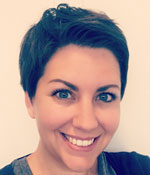 Jessamina E. Blum |
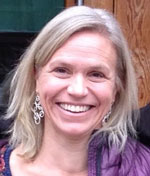 Jennifer Knight |
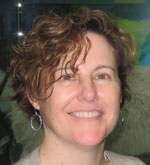 Rachelle Spell |
 Michelle Smith |
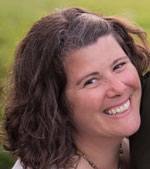 Erin Vinson |

